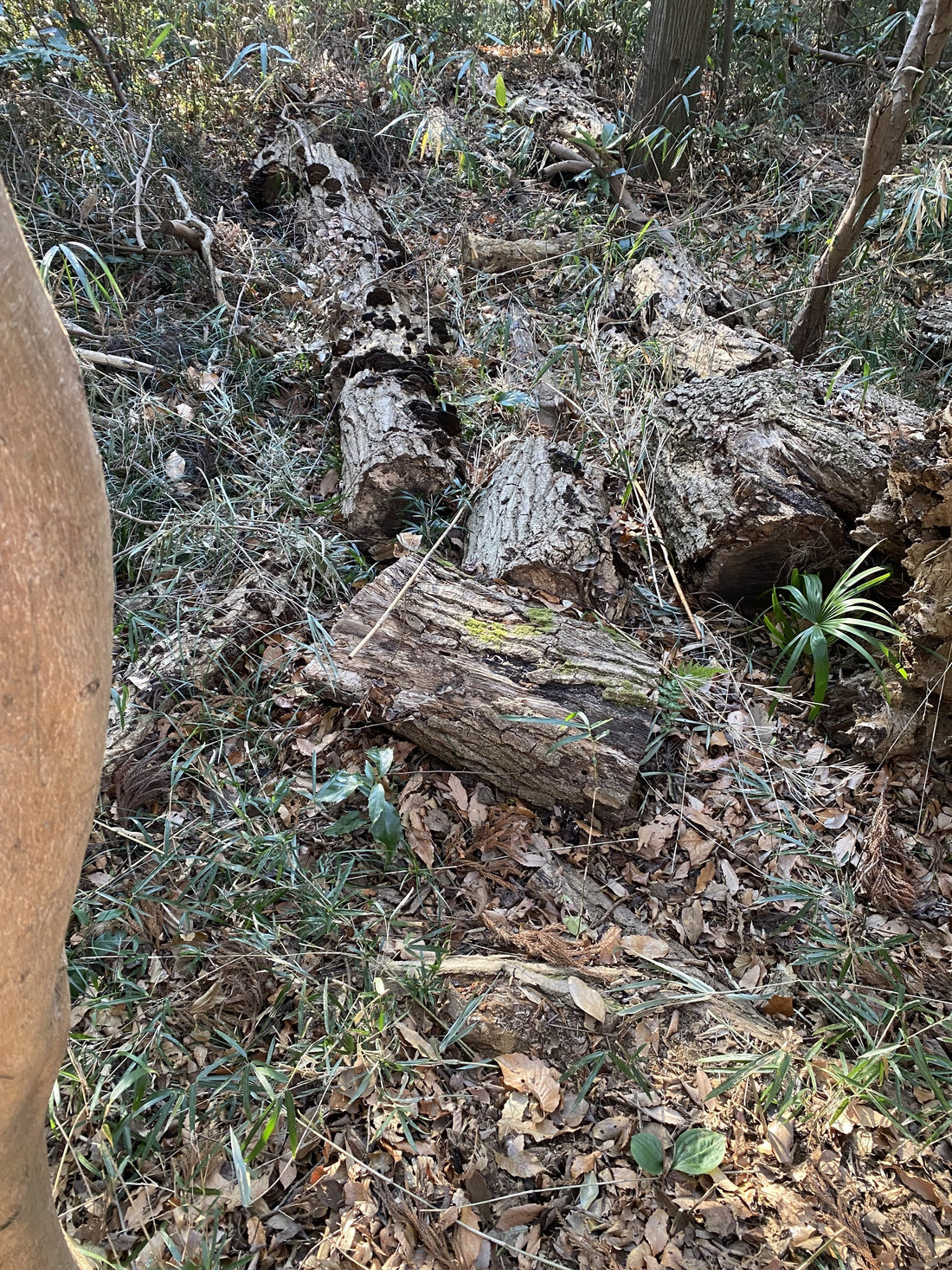
How to collect white rot wood
Share
White rot is a type of fungus that breaks down lignin in wood. Once the lignin is broken down, only the cellulose remains, giving the wood its characteristic white appearance. Beetle larvae feed on the cellulose of the wood, which is why white rot is so beneficial for them.
White rot wood can be found anywhere there's moisture. Typically, they are easiest to find in parks and forests where the land is undisturbed. Look for dead logs that break apart easily by hand and have a white interior—that’s white rot wood. Stag beetle and wood-loving rhino beetle larvae love feeding on it.
But you can't just collect any white rot wood! It is ideal to find white rot hardwood. Hardwoods are trees that have broad leaves. Trees with needle-like leaves are typically softwoods.
Hardwood leaf:

If the wood crumbles easily but has a brown interior, that’s brown rot, not white rot. Brown rot breaks down cellulose while leaving behind lignin, which means beetle larvae won’t get the nutrients they need and will starve if fed brown rot wood.
Most rhino beetle larvae can’t survive on white rot wood alone because they lack the necessary enzymes and bacteria to fully digest it. Instead of collecting only white rot wood, it’s best to also gather decayed hardwood leaves and forest soil covered by a few inches of leaf litter. This type of soil contains decomposed leaves, twigs, and roots rich in fungi and bacteria—essential for larval digestion. Soil under big white rot logs are even better!
Soil after digging about 6 inches of leaf litter:

For L1 and L2 rhino beetle larvae, mix white rot wood with soil/leaves in a 1:1 ratio. As they grow into L3s, adjust the ratio to 7:3. Some species may prefer more soil or more wood, but 7:3 tends to work well for most.
Substrate collected in the wild could contain organisms that could be harmful to the larvae so use it at your own risk!